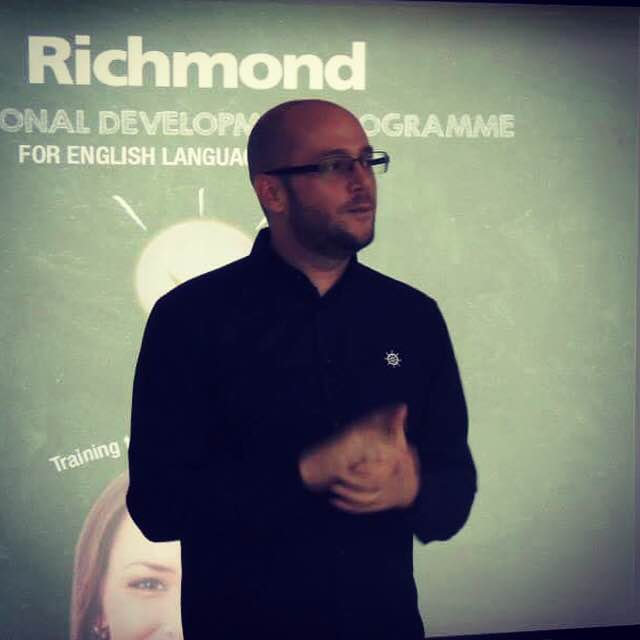Time for time management
One of the most common topics that come up in conversation when teachers talk about areas of their practice that need improvement is timing. Taking into account the large number of actions that we need to take in order for lessons to be effective. That is perfectly understandable. The way I see it, however, timing per se isn’t really the cause, but the consequence of classroom contingencies and decisions by the teacher. Should we be addressing the symptom rather than the cause?
Here are some of the common reasons for timing issues that I identified in lessons I observe.
Unnecessary Teacher Talking Time
It might come from ineffective instructions, long-winded explanations or simply a tendency to lecture rather than promote student interaction, but it is a fact that we may lose track of how much we speak. Recording the audio or video of lessons or parts of lesson is a good way to become more aware of what actions and stages tend to trigger the blabbermouth in us. As I wrote here before, TTT can be a powerful tool, so use it wisely.
Side-tracking
We all get carried away every now and then, especially when hot topics come up unexpectedly in class (think of political scandals, sports championships and celebrity gossip). Such spontaneous communication can become fertile ground for learning, that’s true, and emergent language sometimes end up being more relevant to students than what we have originally planned. However, there is a fine line between allowing spontaneity to permeate lessons and simply allowing precious time to go down the drain. Make sure your abilities to deal with incidental language as well as provide feedback and error correction are on point.
Ineffective monitoring
When students are engaged in student-student interaction, taking part in the conversation in one group may be tantalising. We can also end up trying to help one of the groups that needs more support and become oblivious to the fact that all other students have already accomplished the task and have been left idle for a while. Worse still, we may simply be hovering around aimlessly in an attempt to increase the amount of time left for students to interact and fail to notice that conversation is dying down or that students are side-tracking. Make sure you take full advantage of monitoring opportunities by collecting samples of students’ production for subsequent feedback and evaluating what the best moment to cut the activity short is. It is usually better to leave students wanting more than to allow engagement levels to decrease due to excessive length of tasks.
Task design
Sometimes the issue is not the monitoring or how the activity is implemented, but the task design itself. Exercises that are too challenging to that particular group of students may result in loss of time-effectiveness. Make sure that you pitch at the right level with the tasks, and more importantly, prepare students to do it, effectively setting up activities based on the possible problems you anticipate.
Checking answers
It is common practice for us to ask students to check activities in pairs before we check with the whole group, and this may end up becoming a lengthy process, especially when dealing with exercises that contain a large number of items. Ensure, then, that group feedback is brisk and relevant. Take a look at some tips I gave in a previous post. They may help you ensure that precious time isn’t wasted with unnecessary checking.




